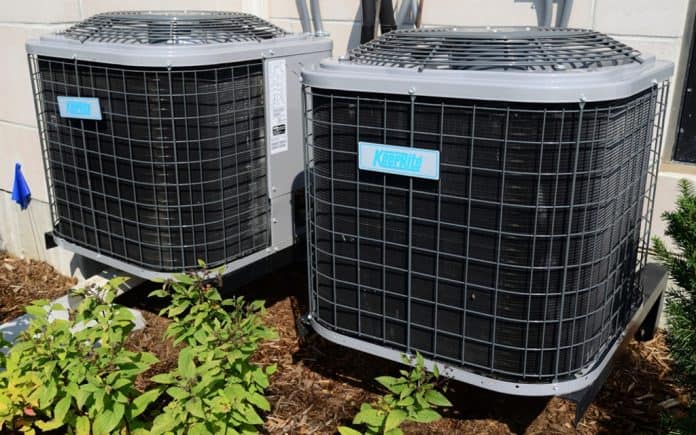Natural gas is the most efficient fossil fuel used for home heating and cooling. It can lower your energy bills and is a clean energy source. It can also quickly replace hot water used for household chores.
Natural gas can even handle long showers. So, if you’re concerned about your energy bills, try switching to natural gas instead of electric furnaces. And you can click here for more information about energy saving technology. The Heating, Ventilation and Air Conditioning (HVAC) system in your home is responsible for controlling the indoor temperature. You can find a heating contractor to install a natural gas furnace and central air conditioning, helping you save money on your energy bills.
Heat pumps
Heat pumps for home warming can be an excellent option for many people. Their energy efficiency makes them a great choice for colder climates, and they can even help you save money on your warming bills. They can also reduce your carbon footprint.
New studies show that a wider adoption of these pumps can help reduce greenhouse gas emissions. In fact, the use of these electric pumps in homes could help cut greenhouse gas emissions to near zero by 2050.
Heat pumps are most effective in mild climates, but they can also be combined with furnaces for efficient warming on cold days. When the heat pump is not producing any heat, it will draw heat from the furnace. These dual fuel systems are very energy efficient and cost effective. It is important to note that heat pumps work best with high-quality insulation, so you should upgrade your home’s insulation if necessary.
A heat pump is similar to a central AC system, and has two units: an outdoor and an indoor unit. Both contain coils and aluminum fins to move heat around. A refrigerant line connects the two units and circulates the refrigerant between them. The indoor unit hooks up to ducts in the home. An air blower then circulates the warm or cool air throughout the house.
Gas- or propane-powered boilers
Gas or propane-powered boilers for home warming are efficient options for warming your home. Propane boilers are available in a variety of warming capacities, with inputs up to 299,000 Btu per hour. They can be wall or floor-mounted, and can provide both domestic hot water and heat. In addition to providing heat, propane boilers can provide hot water for additional applications, such as dishwashing.
The first thing to consider is which type of fuel you’ll be using. Gas boilers are usually efficient, with an AFUE rating that ranges from 80 percent to 98.5 percent. They can be costly to install and maintain, but they can save you a considerable amount of money over time.
Consumer Reports, a consumer-reports-affiliated magazine, offers a guide to the best boilers for homes. The magazine surveyed members who installed new systems between 2005 and 2021 to determine which ones were the most reliable.
Propane boilers are popular and can run on the cheap. A 200,000 BTU propane boiler, for example, uses 2.18 gallons of propane per hour. It’s also cheaper than oil, so it’s a great option for people on a budget. The cost of a propane boiler will depend on the size and the features you want.
Propane boilers are more expensive than natural gas, but they are significantly less expensive than electric ones. Propane boilers cost between $3,800 and $12,000. Propane boilers typically produce more heat than electric boilers.
Propane boilers also tend to be more energy-efficient. Propane boilers require less maintenance and are less costly to operate. However, they can be more expensive to purchase, and the installation process is more complicated than for gas boilers.
When choosing a gas or propane-powered boiler for home warming, it’s important to consider your home’s climate zone. For example, when calculating the BTU per square foot, consider the climate zone of your environment, the square footage of your home, and the type of insulation and energy-saving features.
Electric furnaces
There are many advantages to using an electric warming device for home warming. It is quiet, requires minimal maintenance, and does not emit harmful gasses. It is also the most energy efficient type of home warming device. There are some disadvantages, however. If you live in an area that experiences cold winters, you might want to use a gas warming device instead.
Gas furnaces require a chimney and need to be installed in the right location. Electric furnaces, on the other hand, can be used in a non-flued environment with proper ventilation. However, they can also make a room hotter than the air around it.
In addition, a gas warming device requires a chimney and air ducts throughout the house. It is recommended to have a professional from a reputable heating company install it. Electric furnaces can be portable or wall-mounted.
A baseboard warming device is an excellent choice for older homes. They don’t require heavy plumbing or ductwork. The main drawback is that they use a lot of electricity and must run continuously throughout the day. Electric baseboard furnaces also tend to be expensive to install as they can only serve one room at a time.



